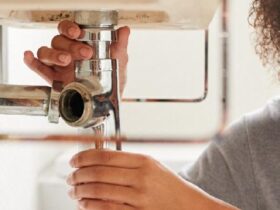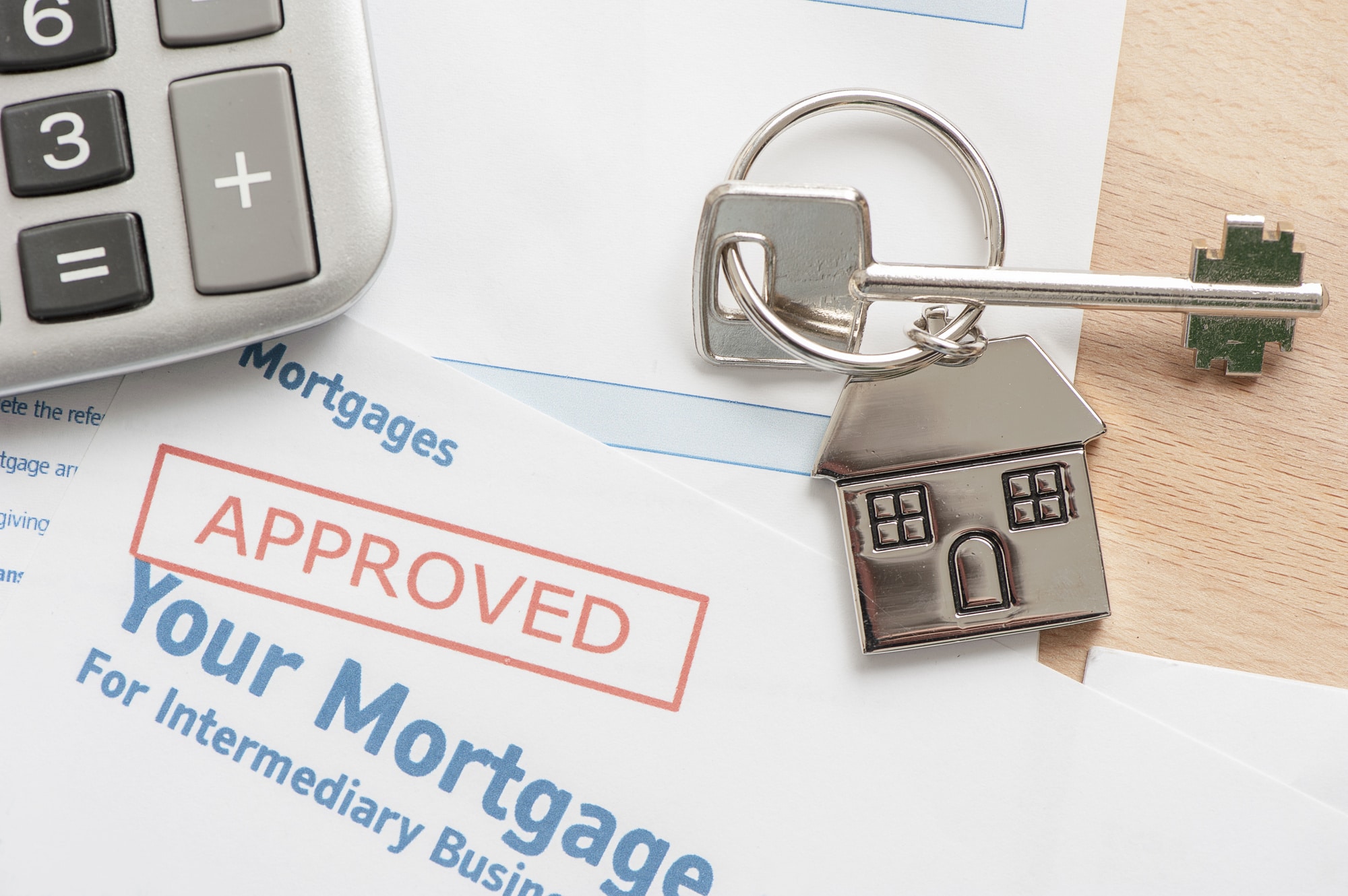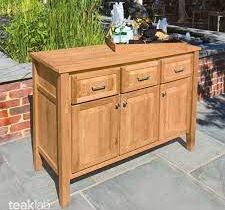The average down payment on a house isn’t always what you think. It’s been a commonly held belief that you need to put 20% down in order to qualify for a mortgage.
In many circumstances, this isn’t always the case. If you’re looking to buy a home, we’ve rounded up everything you need to know about down payments. We’ll go over the pros and cons of putting less money down.
The Average Down Payment on a House
If you’re looking to purchase a home, you’ll probably be wondering what the ideal down payment is. The answer doesn’t always look the same for everyone.
According to the National Association of Realtors, the average down payment on a home was 6% for first-time buyers in 2019. Of the 94% of buyers who bought a home, 19% put no down payment down at all.
In the same study group, they also found 28% of new home buyers only put 1%-5% down. This data shows a stark contrast to the popular belief that everyone puts 20% down on a house. This report also tells us, people are using first-time buyer assistance programs.
For buyers who have bought homes before, the average down payment was 16% in 2019. For repeat home buyers, we also saw 18% didn’t use a mortgage at all. There were also 10% who put nothing down.
Down Payment Calculator
Saving 20% down for a home can be difficult for many people. 2020 has been a year of uncertainty in more than one way. If you’re struggling to put 20% down, there may be other options available to you.
Before you start the home buying process, you’ll want to use a down payment calculator. This will tell you how your down payment will affect your mortgage payment and the price you pay for your home.
It’s important to note that your down payment affects more than just your mortgage payment. It also puts money into your home as equity. You may be able to get this money back in full if the value of your home stays the same or increases when you go to sell.
Let’s say you’re looking to purchase a $200,000 house. If you put 20% down, that’s a down payment of $40,000. Your mortgage would be for $160,000.
Using this same example, a down payment of 6% would be $12,000. That would bring your mortgage to $188,000. Your monthly payment will then depend on your interest rate.
Minimum Down Payment
Your down payment requirements will be different depending on the loan you have. Your lender’s requirements will also vary.
A conventional loan isn’t guaranteed by the United States government. You can sometimes qualify for a mortgage with 3% down and there are assistance programs available.
A Federal Housing Administration loan is also known as an FHA loan. You will need a down payment of 3.5%. Your credit score requirements will also be lower with these programs.
A VA loan is for active military service members and veterans. These along with USDA loans for rural buyers will sometimes have no required down payment. These loans are backed by the U.S. Department of Veterans Affairs and the U.S. Department of Agriculture.
Why Put 20% Down?
While it isn’t required by most lenders, putting 20% has its benefits. For starters, you won’t have to pay for private mortgage insurance or PMI. You will also see lower interest rates and more competitive terms.
Putting 20% down will also give you a lower mortgage payment. The more you put down, the lower your mortgage is. You won’t be paying PMI and you’ll be paying less interest.
If you’re staying in your home for a long period of time, putting closer to 20% down can save you a lot of money on insurance and interest. Putting more down can also give you more equity in your home depending on the real estate market.
With 20% down, you’ll also have a lower debt-to-income ratio. This means that you’ll have less debt overall. This affects your creditworthiness for things such as cars and credit cards.
When 20% Doesn’t Work
Putting 20% down isn’t feasible for everyone. Let’s say you’re flipping a home. If you need more cash to renovate, pull back some of your down payment for repairs.
You won’t need as long of a loan term either. Although your payments will be higher, you won’t be carrying your home as long if you intend to sell it.
Saving 20% is also hard for a lot of people. That money can sometimes be better used in savings. Having a rainy-day fund can ensure you can make your payments if you lose your job.
If you aren’t able to come up with 20% down, you can still work towards no longer paying private mortgage insurance. Paying extra on your mortgage means you’ll be able to drop your PMI sooner. This means you keep money back initially, but you gradually pay extra to reduce your monthly payments.
Budgeting for Your Mortgage Payment
Budgeting for your mortgage payment can also help you determine your down payment. The more you put down, the less you’ll pay each month.
Not only are you saving more on PMI but you’re also paying less interest. This means more of your mortgage payment will do towards paying down your principal.
Your total housing expenses shouldn’t exceed more than 30% of your income. This means you shouldn’t spend more than 30% of your earnings on your mortgage payment or housing expenses.
This is a good rule to live by when you’re looking at your down payment and mortgage. If you’re over that 30%, consider putting more down or lowering your housing budget.
Down Payment 101
Down payments are a great way to invest in real estate. You’ll save on interest and see lower monthly payments. The average down payment on a house, isn’t always 20%, however.
It’s still possible to become a homeowner with a much smaller down payment. Do what’s right for you and your personal financial situation. For more real estate and money advice, browse the rest of our blog section.















